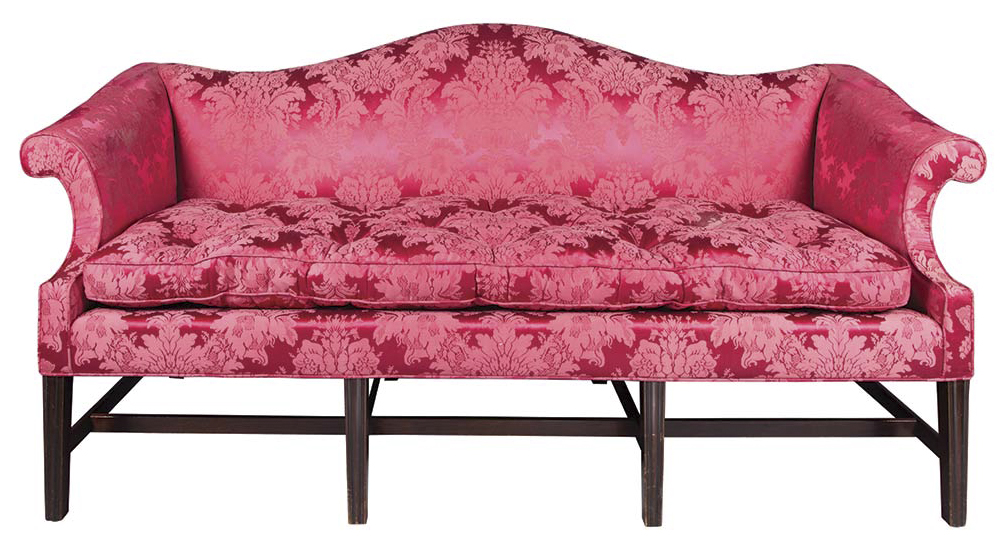Tax Policy: Gifting your collection
Appraisals for tax gifting purposes
-
charitable donations,
-
insurance appraisals,
-
temporary museum loans,
-
indemnification appraisals for government applications,
-
and gift appraisals for trust fund formation regarding tax cost basis estimates, capital gains and gift tax exclusion ceilings.
-
See “Appraisal Resources” http://www.artlinkglobal.com/appraisal-resources/
See Also: ArtlinkGlobal Auction News Advisories at:
http://artlinkglobaladvisory.wordpress.com/
See Also: ArtlinkGlobal Benchmarks for Designers at:
http://www.houzz.com/ideabooks/22926344
A charitable contribution is voluntary and is made without getting, or expecting to get, anything of equal value. However, donating art, antiques and other collectible objects to appropriate qualified organizations may provide you with possible benefits such as:
An immediate income tax deduction
Avoidance of the tax on capital gains on appreciated assets
An estate and gift tax deduction
The creation of a lasting legacy with their organization of choice
Here are twelve steps to consider when you are making a decision as to whether or not you should make a charitable contribution of artwork or other such tangible personal property objects, including what to donate, the different ways to donate, and the process of making a qualified charitable contribution.
by Joyce Berus
“Step #1: Donate Appreciated Objects
You generally will receive a higher income tax deduction if you donate an art object or collection that has appreciated in value over the time you have owned it. This is called capital gain property. Capital gain property includes capital assets you have owned for more than one (1) year. The general rule is that you can usually deduct the full fair market value of the donation as of the date of the contribution.
Step #2: Donate Long-Term Capital Gain Objects, Not Ordinary Income Objects
On the other hand, the amount you can deduct for a contribution of ordinary income property is generally only your basis in the property (your cost), not the full fair market value when you donated it.
Examples of ordinary income property are:
- Business inventory items


